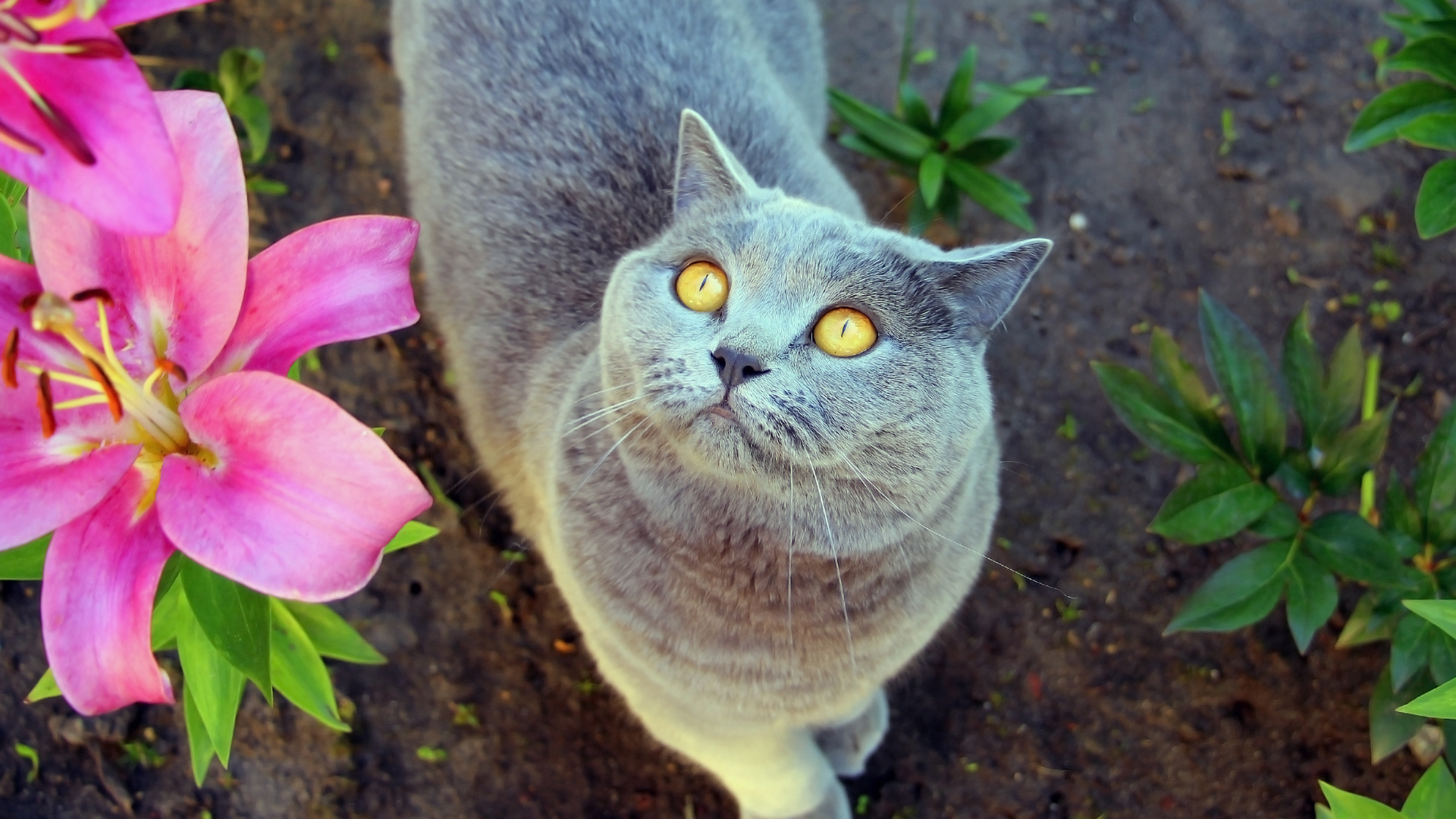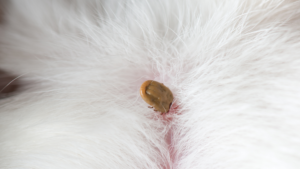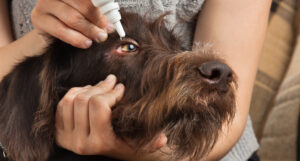What is lily toxicity?
Although the precise mechanism of toxicity isn’t known, lily toxicity can occur in cats from true lilies (Lilium) and “day lilies” Hemerocallis species (reference). Exposure to any part of the plant, including the leaves, stem, flowers and pollen can make your cat sick. Even a very small amount of the plant, such as a segment of a single flower can result in death. The resulting kidney injury can lead to kidney failure and death.
| Toxic species |
| Hemerocallis spp. (day lilies) |
| Lilium asiatic, Asiatic lilies |
| Lilium lancifolium, tiger lily |
| Lilium longiflorum, Easter lily |
| Lilium orientalis, stargazer lily |
| Lilium speciosum, rubrum lily |
| Lilium umbellatum, red, western, wood lilies |
Hybrid species can also be toxic. As a rule of thumb, if you can’t accurately identify a plant, it is best to keep it away from your pets.
Who is affected?
Cats of any age and breed can be affected by lily toxicity and there is no specific breed that is more susceptible to lily toxicity. According to PetSure claims data (current as at 13 August 2020), over the past twelve months cats under three years of age have had more incidences of lily toxicity. This may reflect the behaviour of young cats, who may be more inclined to chew on things. Because lilies pose a risk to cats of all ages, it is best to not take any chances. Avoid having lily plants or flowers anywhere your cats can access.
Across the 2019 calendar year, Lily toxicity was most prevalent in the following breeds:
| Breed | Prevalence |
| Siamese | 0.29% |
| Domestic Short hair | 0.2% |
| British Short Hair | 0.15% |
| Domestic long hair | 0.12% |
| Maine Coon | 0.11% |
| Pixie-Bob | 0.10% |
| Ragdoll | 0.09% |
Prevalence = Total number of unique claiming pets / total number of insured pets across 12-month period. Excludes breeds with less than 500 active pet insurance policies.
Signs of Lily toxicity
If you suspect your cat has been exposed to lilies, do not delay, seek veterinary attention immediately. The more time that has passed between eating the lilies and being treated, the more likely it is that your cat can have a poor outcome, which can include lifelong kidney disease or death. Cats who have eaten lily are often reluctant to eat and vomiting, fever, lethargy and depression may occur. These signs can be related to acute kidney failure. Excessive urination, or no urination may be observed. In some cases, cats may suffer from seizures.
Management of Lily toxicity
Lily toxicity is an emergency condition. If you suspect your cat has been exposed to lilies, seek immediate treatment. Initial treatment can involve attempts to stop the toxin from absorbing such as treatment with activated charcoal. Intravenous fluid therapy and other supportive therapies will be recommended to help prevent injury to the kidney. In cases of toxicity, aggressive therapy is required to treat the kidney damage. Intravenous fluids, anti-nausea medication and medications to help with other symptoms such as anti-seizure medication may form part of the treatment. In some cases, the kidneys may sustain long-term damage, however in cases treated early enough, full recovery is common. Follow up blood tests are often indicated to monitor the status of the kidneys after treatment.
How much does it cost to treat?
According to PetSure claims data from 2019 (calendar year), the average, single treatment cost relating to lily toxicity is $431, with the highest, single treatment cost being $3,046.
Is lily toxicity covered by pet insurance?
Lily toxicity is may be covered by Comprehensive Accidental Injury and Illness pet insurance policies administered by PetSure (check our brand partners at petsure.gholab.com.au/partners), unless related to a pre-existing condition or exclusion. Refer to your policy documents including Certificate of Insurance and Product Disclosure Statement for more information on whether this condition is covered under your policy.
Pet insurance can help by covering a portion of the eligible vet bill if the unexpected happens. Because it is difficult to predict the costs of veterinary care, it can help to have measures in place to help prepare for the unexpected. Check out our partner network and explore our policy tools to find a pet insurance policy.
Not all conditions or items are covered by Pet Insurance. Refer to the applicable Product Disclosure Statement for information about coverage and exclusions.








